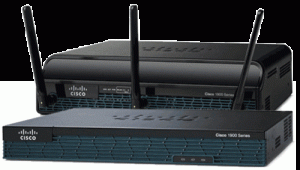
Let’s have a discussion about routed and routing protocols.
Basically at network layer of OSI model so many protocols work to take the data forwarding decision and to help the device to take the data forwarding decision on the basis of of IP addresses. So if we are discussing about the the protocols which works inside the network layer, few of them are routed protocols and you of them are routing protocols.
So let’s have a discussion about routed protocols. Basically routed protocols are are responsible to carry the user data at layer 3. the most common routed protocol at layer 3 is Internet Protocol or IP. you know that when the encapsulation process completed till transport layer then the the data will handover to IP in network layer. IP will attach all the required information like source IP and destination IP things inside the IP header and once it’s ready then the device will take the decision to send the data. At layer three the device will take the the data forwarding decision by looking at the routing table for the network of the destination IP address. If that is what I found the network information from the routing table then only it will send the data from the interface where the network is attached or been received. In case your device is unable to find the network information in the routing table the data will drop. To provide the network information for to update the network information in the routing table we have several routing methods. Basically we can use the manual method known as static routing to configure the network information in the routing table for or we can take help of some dynamic routing protocols to update the the routing table dynamically.
So here the main work of the routing protocols is for updating the routing table dynamically and once the the routing table updated with the network information then only the routed protocol like IP can carry the data or can do the data forwarding by looking at the routing table.
